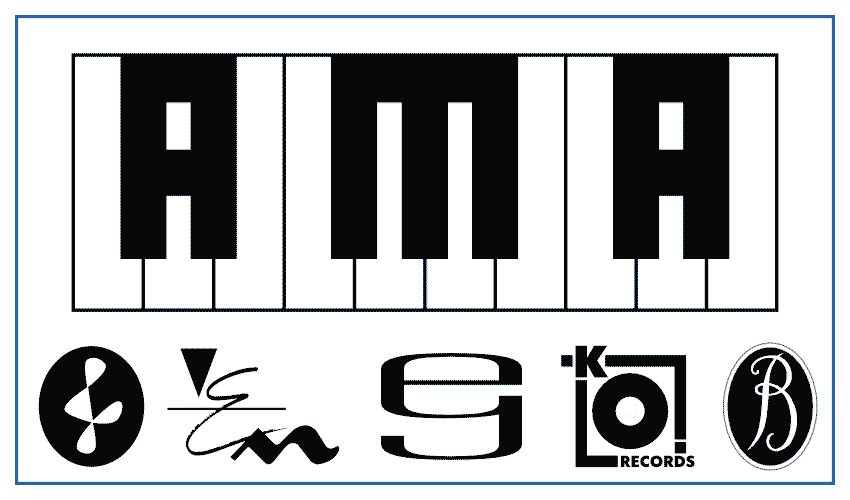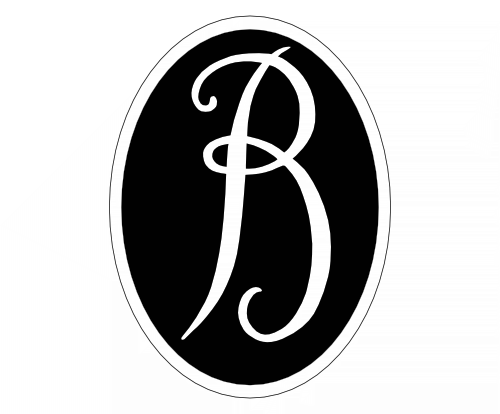Your basket is currently empty!
Rakhat-Bi Abdyssagin plays Chopin and Liszt
Instrumentation: Piano
CD
Length (h:m:s): 00:50:54
Format: 12,5×14 cm
Weight: 110 g
Kreuzberg Records Inh. Detlef Kessler / KR10139
incl. VAT
plus delivery costs
CD
Length (h:m:s): 00:50:54
Format: 12,5×14 cm
Weight: 110 g
Kreuzberg Records Inh. Detlef Kessler / KR10139
incl. VAT plus delivery costs
19,80 €
Description
RAKHAT-BI ABDYSSAGIN
About F. Chopin’s and F. Liszt’s music, 2021
Frédéric Chopin and Franz Liszt are the pillars of the world art; through them the grand piano became the acknowledged ‘king of musical instruments’. In the 19th century the piano started playing a key role in the world music culture due to its richness of timbre, its unique sound production features and its gigantic range. Following virginals, spinets, clavichords and harpsichords the grand piano became the pinnacle of key-string instruments’ development. It became an imperative for every great composer to create pieces for piano. It is hard to imagine anyone who dedicated himself more to this instrument than F. Chopin and F. Liszt did. These two epoch-making persons became the spiritual fathers of piano music and pianism. By absorbing the best of baroque and classicism traditions F. Chopin and F. Liszt marked the flowering of romanticism concepts, emotional elevation and programme orientation.
F. Chopin’s ballads reveal unknown realms of human consciousness and emotions and overwhelm us by their epochal scales demonstrating inner struggles and personal elevation with the help of the great language of music. The composer became a skillful psychologist uniting the human soul with the essence of the piano and giving birth to a new art. Waltzes, preludes and nocturnes are the pearls of piano repertoire which demonstrate F. Chopin’s genius in all its diversity.
F. Liszt’s musical compositions from his cycle ‘Années de pèlerinage’ are the signs of the new times and new music. For example, the tonality in ‘Le mal du pays’ was enriched with amazing harmonies and unheard transitions. The dramatic twists push the boundaries of form creation in music. In ‘Les cloches de Genève: Nocturne’ the grand piano is taken into another dimension embodying mysterious and majestic bells, murmuring water, the movement of wind and many other sounds and thus the piano became the great music instrument for ‘tone painting’.
Music is a phenomenon attached to time. Music does not exist outside a time coordinate. When a new performance is born the music itself is born anew. When I perform the works of F. Chopin and F. Liszt, my main objective is to show their concepts and ideas – as I understand them – as they would have done themselves.
Tracklisting:
Frédéric François CHOPIN
1. Ballade No. 1 in G minor, op. 23
2. Ballade No. 2 in F major, op. 38
3. Nocturne No. 20 in C-sharp minor, op. posth.
4. Nocturne No. 19 in E minor, op. posth. 72,1
5. Nocturne op. 9,1 in B-flat minor
6. Prélude op. 28 No. 4 in E minor
7. Prélude op. 28 No. 20 in C minor
8. Waltz No. 19 in A minor, B. 150
Franz LISZT
9. Années de pèlerinage, Première année: Suisse S. 160: No. 8. Le Mal du Pays
10. Années de pèlerinage, Première année: Suisse S. 160 No.9. Les cloches de Genève: Nocturne
Manufacturer information:
Kreuzberg Records Inh. Detlef Kessler
Tiergartenstr. 14, 50321 Brühl, DE
info@kreuzberg-records.de











